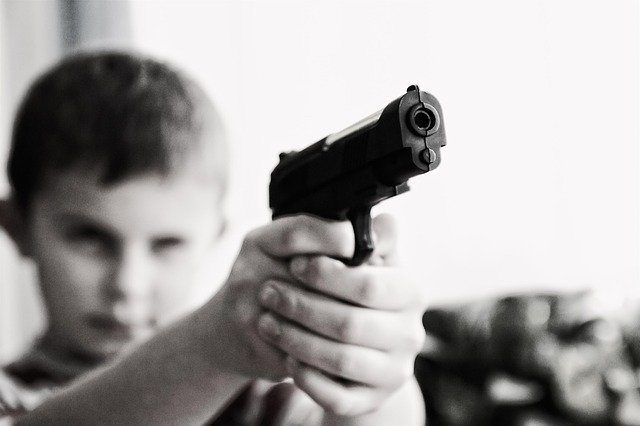You might need a custom-molded holster when carrying a unique firearm for self-defense. If your needs are unique, a company’s standard inventory may not be able to meet them. Custom holster are available on the market today in a variety of designs.
Manufacturers of concealed-carry holsters provide custom-molded holsters.
Thermoforming Kydex simplifies the process of molding holsters to a specific firearm. The Polymer 80 Glock 19 lower frame is an inexpensive and practical way to make your Glock more convenient. Its design provides an enhanced grip angle of 18 degrees, making it easier to hold while keeping your finger off the trigger.
Decide what you need
You should evaluate your carry methods as well as your position before ordering a custom-molded holster.
Belt clip-equipped IWB holsters are ideal if you want to conceal your weapon deeply and wear it in a variety of outfits.
OWB holsters, however, are better suited to concealed carry or open carrying if you want a traditional belt holster.
In concealed and open carry, waistband holsters remain the standard, even though some gun owners prefer shoulder, ankle, or pocket holsters.
Strong side, appendix carry, and cross draw are popular waistband positions. Ultimately, your holster must be safe, durable, and reliable.
Tips for customizing holsters
If you decide to purchase a custom-molded holster, you should carry it and practice with it for a while until you feel it fits your needs. Practice drawing your holster from the position you intend to use it in when you’re on the range, and wear your holster in that position.
In addition to having the ability to grasp the weapon easily, the trigger guard should be covered and unable to be accessed until you draw, and the holster should be comfortable.
Height, cant, and retention should be adjusted
Holsters made of Kydex that provide passive retention thermoform to the firearm’s external surfaces. As a result, your handgun will click into place when it is fully inserted in the holster. Two Phillips head screws should be used in custom-molded holsters to adjust retention.
A custom holster should allow you to adjust both concealability and accessibility by tightening or loosening the screws until you find the correct ride height and cant.
Screws need to be tightened
OWB and IWB holsters are attached to belt clips with screws. This screw should be re-tightened if needed periodically.
Apply Loctite thread locking compound if your screws become loose.
Make sure it fits and feels comfortable
Holsters are often overlooked for their comfort. A custom holster, on the other hand, is comfortable to wear wherever you go.
In addition to retention, ride height, and cant, it should also be adjustable as a custom holster. As far as carry position and method, clothing, preferred draw stroke, and weapon type are concerned, you should be able to tailor all three elements to fit.
Gun belts should be worn with this item
It’s important to make sure your gun belt fits your custom holster properly. It is important to find the right combination of belt clips and loops to evenly distribute your weapon’s weight and secure it in place.
If you decide to purchase a custom-molded holster, you should carry it and practice with it for a while until you feel it fits your needs. Practice drawing your holster from the position you intend to use it in when you’re on the range, and wear your holster in that position. An 80 lower jig is the only way for an AR-15 builder to complete their 80 percent lower receiver with accurately drilled pin holes, and a properly milled fire control cavity for the trigger, hammer, and other components.

